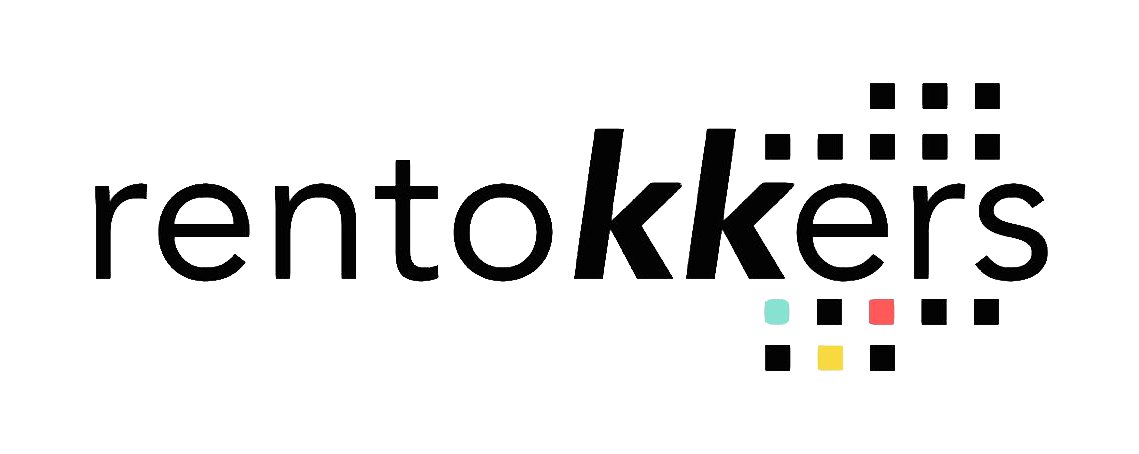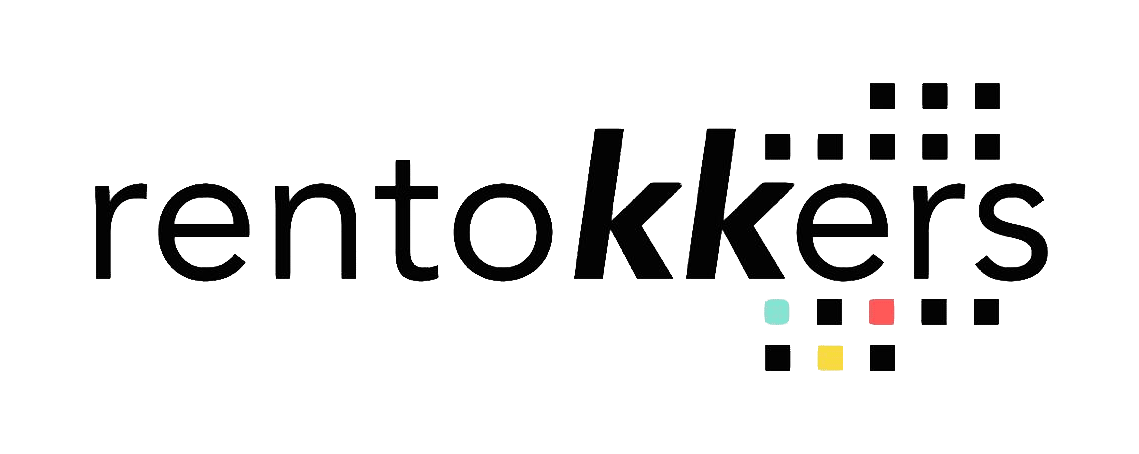
Introduction: Not All That Glitters Is Tokenized Gold
The promise of fractional, global property ownership is exciting. But every opportunity carries risk. Tokenization is no exception — and some risks are easy to miss.
Risk 1: Regulatory Uncertainty
Laws differ worldwide. What counts as a legal token in Spain might be illegal in the U.S. Overnight, regulations can shift, freezing projects.
Risk 2: Liquidity Paradox
Tokenization promises liquidity — but markets are young. Without enough buyers, you may be stuck with your tokens.
Risk 3: Platform Risk
What if the company hosting your tokens fails? Blockchain is secure, but off-chain infrastructure (custody, apps, websites) isn’t.
Risk 4: Valuation Risk
How do you know a tokenized property is fairly priced? Unlike stock markets with analysts, tokenized projects may rely on a developer’s own valuations.
Risk 5: Technology & Security
-
Wallet hacks.
-
Lost private keys.
-
Bugs in smart contracts.
Risk 6: Market Psychology
Tokenized property can feel “liquid,” but if panic selling starts, prices can swing wildly — unlike traditional real estate stability.
Risk 7: Tax Ambiguities
Do tokens generate capital gains or rental income tax? Laws are evolving. Misreporting could lead to penalties.
How to Manage These Risks
-
Diversify across platforms and geographies.
-
Verify regulatory compliance before investing.
-
Use Secure Wallets with backups.
-
Research valuations via independent appraisals.
Visual Ideas (max 3)
-
Infographic with 7 warning signs: regulation, liquidity, platform, valuation, tech, psychology, tax.
-
Cartoon vault of tokens with cracks forming.
-
Road sign graphic: “Opportunity Ahead – But Drive Carefully.”
Conclusion
Tokenization is powerful, but not bulletproof. Investors who rush in without due diligence risk disappointment. The winners will be those who embrace innovation and respect the risks.

